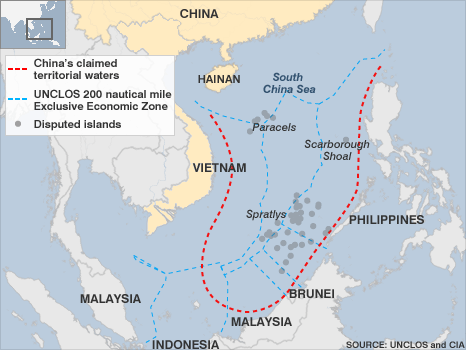It would actually be cheaper to send all Greek train passengers by private taxi than using the public rail network:
The claim that it would be cheaper for Greece to send every rail passenger to their destination by taxi was most recently made in the book Boomerang by Michael Lewis, the Moneyball author.
But it was first made by Stefanos Manos, the former Greek finance minister, in 1992. Manos used the railway system to illustrate what he saw as gross public sector waste.
“I was in favour of the Maastricht Treaty and was supposed to defend it in Parliament,” says Manos, now heading his own party, Drasi.
“I said we should drastically reduce the size of the public sector and its expenditure. And I gave as an example the railway where there were exorbitant wage bills compared to the revenue of the country.”
He says it was an off-the-cuff remark but about right.
“I knew the number of passengers and I made a brief estimate of what it would cost to send them from Athens to the north of Greece and I decided it was quite obvious it would be cheaper to send them there by taxi rather than train.”
It’s not quite true now: two passengers would have to share each taxi. If you got three passengers into each taxi, the government would be saving money.




